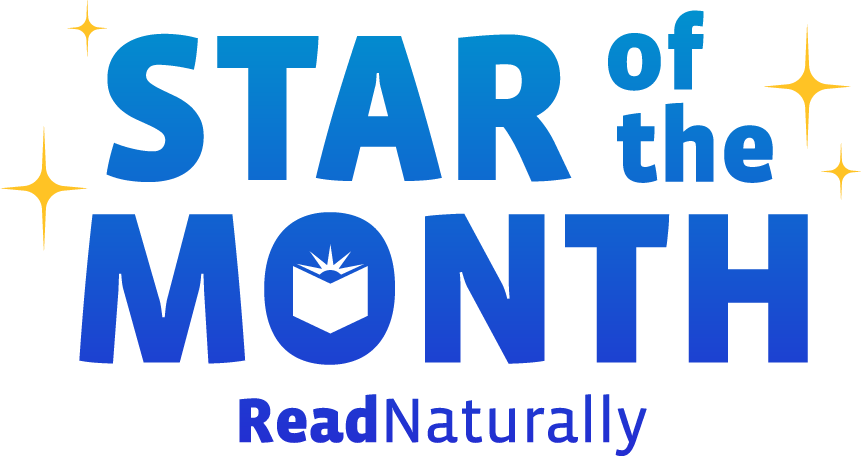The other day I finished reading my six-year-old son a chapter of his favorite book, and he responded with, “Good job, Mommy!” It was cute… and slightly off-putting. A few years ago I resolved to stop “good jobbing” my kids so much, but I had apparently fallen back into the habit—and now they were “good jobbing” me. While there’s nothing wrong with a genuine, “Good job!” here and there, the tendency to dump empty praise on our kids all day long can be problematic.
Read more Earlier this year, we offered a free resource to all Signs for Sounds users. Kristin McDaniel, an educator in California, created Signs for Sounds Level 1 Word Sorts—a great activity for students to extend their learning after completing a Signs for Sounds lesson. We offered these Word Sorts, with instructions, for free on our website. Educators couldn’t download the content quickly enough—which is why we’re now offering even more! We’re happy to report that Signs for Sounds Level 2 Word Sorts are now available to download, for free!
Read more I was recently talking with a mother of twins who admitted that her biggest struggle was not having enough one-on-one time with each twin. I thought of classroom teachers and how they struggle with the same thing. Wouldn’t you love to spend more individual time with each of your students? Unfortunately, it’s not always possible. And yet, Read Naturally’s placement procedure requires just that. The placement assessment asks you to sit with one student at a time, sometimes for several minutes. What if you just don’t have time?
Read more Do you have students who confuse one letter with another letter? For example, a student might incorrectly read big for the word pig or dig. A student can easily confuse lowercase letters like b, d, p, and q. This is because each of these letters has an overall form that is identical or very similar to another letter’s form when rotated, flipped, or reversed.
Read more A good educator finds strategies and programs that work and implements them in the classroom. A great educator begins with an effective strategy or program and then develops ways to extend the learning even further. Kristin McDaniel, a first-grade teacher in San Juan Capistrano, CA, is one of the great ones. Pleased with the results she was seeing from Read Naturally’s spelling program, Signs for Sounds, Kristin asked herself how she could capitalize on her students’ momentum. Was there a way to reinforce and solidify their understanding of the word patterns and high-frequency words featured in the program?
Read more Prior to becoming Read Naturally’s Educational Consultant, Karen Hunter was a reading specialist, special education teacher, and teacher trainer for 30 years in California. Karen is always brainstorming ways to teach valuable skills to students, and she has a knack for developing creative and motivating tools. This past year, our blog featured three posts by Karen, each one including a free resource she developed. Readers couldn’t download the content quickly enough. In case you missed them, we wanted to share them again.
Read more Where’s the best place to find free resources to help your struggling readers? We offer a multitude of them on our website—specifically in the Knowledgebase. The Knowledgebase is full of valuable resources, including downloadable materials, how-to videos, research studies, product samples, and much more. We created this data hub to give educators easy access to absolutely everything they need to turn struggling readers into successful ones.
Read more Literacy expert Tim Shanahan outlines the many benefits of formal spelling instruction in his article, Should We Teach Spelling? We recommend Shanahan’s article for a compelling answer to the question of whether to teach spelling. But another, equally important question, is how to teach spelling. Finding the right instructional materials is key.
Read more …to attend a Read Naturally seminar, of course! No, seriously, we’re not kidding. Our seminars are just as enjoyable as they are informative. Our dynamic presenters will captivate your interest with fascinating research and exciting, hands-on demonstrations. You’ll experience the Read Naturally Strategy from the perspective of a struggling student, which will allow you to see just how effective and motivating it is.
Read more Think back to the beginning of the school year. What did your struggling readers sound like? How was their fluency and comprehension? Now think about these readers today. Do they read more confidently? Have they made significant gains?
Read more  Share your student’s success story—nominate him or her for our Star of the Month award. Win a Barnes & Noble gift card for the student and a Read Naturally gift certificate for your class!
Share your student’s success story—nominate him or her for our Star of the Month award. Win a Barnes & Noble gift card for the student and a Read Naturally gift certificate for your class!